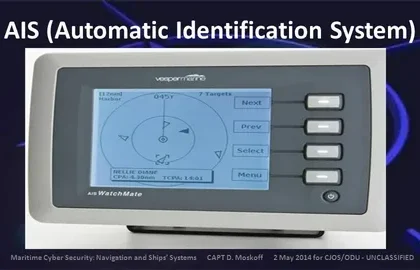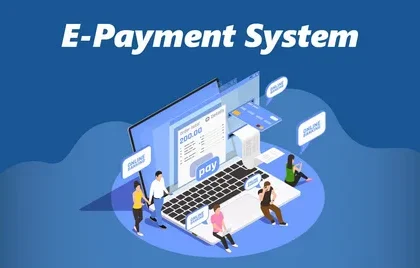In 2015, the World Health Organization estimated that 4/5 of preterm infants had jaundice. Preterm birth rates in developed countries can reach 7% and are even higher in developing countries. Babies who have neonatal jaundice are much more likely to develop hyperbilirubinemia, which can cause neurological damage or even death.
Get a Sample of this Research Report@ https://www.futuremarketinsights.com/reports/sample/rep-gb-5064
The National Institute of Health journal estimated that healthcare cost linked to preterm American births in terms of lost efficiency and medical expenditure were more than US$ 26 billion in 2005 itself. APAC and Africa had the unfortunate distinction of accounting for more than 80% of all preterm births in 2005, making infants there vulnerable to neonatal jaundice. Therefore, neonatal phototherapy treatment is the need of the hour.
Technological advancements in monitoring and phototherapy devices
Rapid technological advancements are expected to benefit companies that invest in phototherapy devices with user-friendly control panels and blue spectrum radiation sources. Key stakeholders are working on LED radiation sources because they can control radiation intensity while consuming the least amount of power.
To avoid infrared and ultraviolet radiation, companies in the neonatal phototherapy devices market are focusing on devices with a peak wavelength of 460 nm that can be mounted on an incubator or a warmer.
The high prevalence of neonatal jaundice, rising demand for effective neonatal jaundice treatment and management, and increased awareness of the existence of such procedures are the primary drivers of growth in the neonatal phototherapy devices market.
Home-based phototherapy actively promoted to create huge opportunities
Hospitals and NICUs are unquestionably the largest end-users in the neonatal phototherapy devices market. The high treatment costs and lack of adequate phototherapy units at the vast majority of neonatal phototherapy centres, on the other hand, have aided the growth of home-based phototherapy units. Home-based phototherapy units offer several benefits, including reduced patient inconvenience, transportation costs, and hospital wait time. Additionally, home-based phototherapy lowers both direct and indirect healthcare costs while also improving mother-infant bonding. According to an article published in the United States National Library of Medicine, a little over 60 infants saved approximately US$ 18,000 by being treated at home rather than in hospitals, and there were no reported side effects.
Ask an Analyst@ https://www.futuremarketinsights.com/ask-question/rep-gb-5064
Product differentiation a challenge in the neonatal phototherapy devices market
In low and middle-income countries, the use of neonatal phototherapy devices is minimal. Despite their low birth rates, developed economies generate the majority of revenue in the neonatal phototherapy devices market. The market for neonatal phototherapy devices in North America is expected to exceed US$ 36 million by 2027, with the US alone approaching US$ 35 million. The primary reason for this is a lack of product development in the market for neonatal phototherapy devices. Several cases of neonatal phototherapy devices failing and being recalled by the FDA have hampered revenue growth during the forecast period. For e.g. – In December 2016, the NeoBlue Blanket LED Phototherapy System was recalled by the FDA because of device degradation following the melting of its fibre optic cable.
High prices stifle adoption in the neonatal phototherapy devices market
Because neonatal phototherapy devices are extremely expensive, affordability is a critical issue in emerging economies, where hospitals frequently lack funds and cannot afford to maintain such equipment. According to a Stanford study, many hospitals in Nigeria and India were unable to obtain an average of six phototherapy bulbs, which cost about US$ 15 each and needed to be replaced every four months. The APAC neonatal phototherapy devices market is expected to be worth more than $4 million by the end of 2027. As a result, companies must strive to make their neonatal phototherapy devices more cost-effective, and government assistance will also help to boost the prospects of the neonatal phototherapy devices market in emerging economies.
Buy Complete Report@ https://www.futuremarketinsights.com/checkout/5064
About Future Market Insights (FMI)
Future Market Insights (ESOMAR certified market research organization and a member of Greater New York Chamber of Commerce) provides in-depth insights into governing factors elevating the demand in the market. It discloses opportunities that will favor the market growth in various segments on the basis of Source, Application, Sales Channel and End Use over the next 10-years.
Contact:
Future Market Insights, Inc.
Christiana Corporate, 200 Continental Drive,
Suite 401, Newark, Delaware – 19713, USA
T: +1-845-579-5705
For Sales Enquiries: sales@futuremarketinsights.com
Browse All Reports: https://www.futuremarketinsights.com/reports
LinkedIn| Twitter| Blogs






